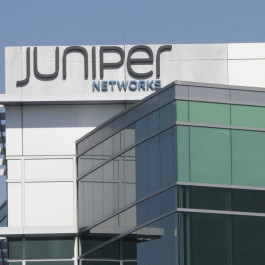
When it comes to choosing a Dell server, understanding the specifications is key to ensuring that it meets your business needs. Dell offers a variety of servers with different features, but what aspects should you prioritize? Let’s break down the crucial specifications and guide you on making an informed decision for your IT infrastructure.
1. Form Factor: Tower vs. Rackmount
The form factor of a server is an often-overlooked but critical aspect. Dell servers come in various form factors, with “tower” indicating a non-rackmount design. This means the server cannot be mounted in a server rack and is typically placed on a desk, the floor, or in a closet. While suitable for small setups, it may not align with the standards of larger IT environments utilizing server racks.
2. Processor Power: Choosing Beyond Pentium
The processor is the brain of your server, and not all processors are created equal. Avoid servers with Pentium-class CPUs if you intend to use it for substantial work. A Core series CPU is a minimum requirement, but for more robust performance, especially for intensive tasks, consider a Xeon processor.
3. Operating System (OS): Know What’s Included
Dell servers often come without a pre-installed operating system (OS), leaving you to choose and install Linux or Windows according to your needs. It’s crucial to factor in the cost and licensing of your preferred OS separately.
4. Memory Matters: Don’t Settle for Less
In the realm of memory (RAM), more is generally better. A server with only 4GB of RAM might be suitable for a basic desktop but insufficient for a server. Aim for a minimum of 8GB, with 16GB being a more comfortable starting point for smoother operations, especially if running Windows.
5. Hard Drive Configuration: Beyond 1TB 7.2RPM
The hard drive is where your data resides, and a 1TB 7.2RPM drive might seem sufficient, but there are caveats. It’s among the slowest drives available, and having only one poses a risk. For improved performance and data redundancy, consider RAID configurations.
6. RAID: Redundancy and Performance
RAID (Redundant Array of Independent Disks) is a crucial consideration. It involves combining multiple hard drives for enhanced performance and data redundancy. Dell’s PERC (PowerEdge RAID Controller) manages this, but hardware RAID controllers are generally preferable over software RAID.
Visit Router-switch.com Today
Explore Dell servers with Router-switch.com! Check prices transparently, optimize server performance, and enhance your IT infrastructure. Visit us now for tailored solutions and expert guidance.
Read More:
Only in Q4: 2023 Router-Switch.com Season Sale Customer Benefits
Expand Your Business Horizons by Becoming a Supplier of Router-switch.com
Cisco’s Partner Summit 2023: Unveiling Innovations, Values, and Collaborative Growth





